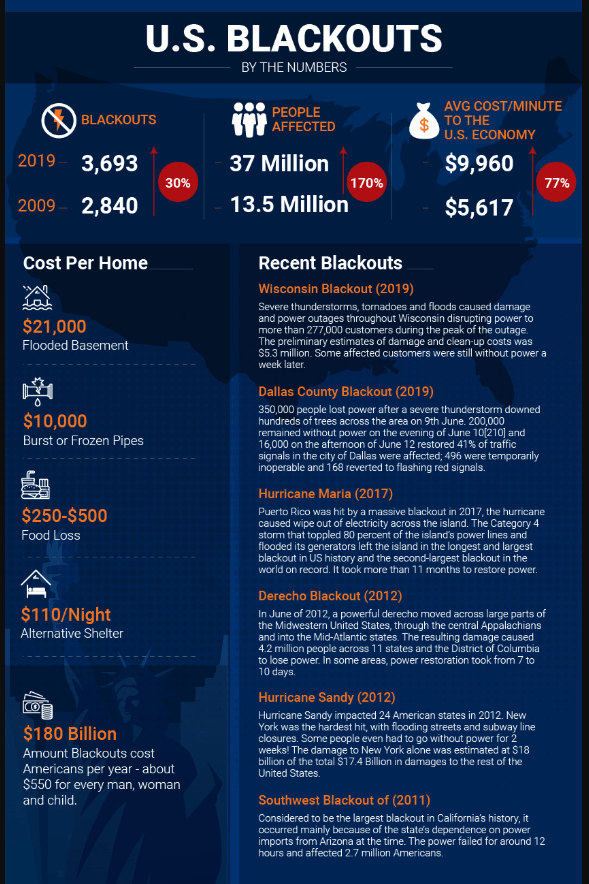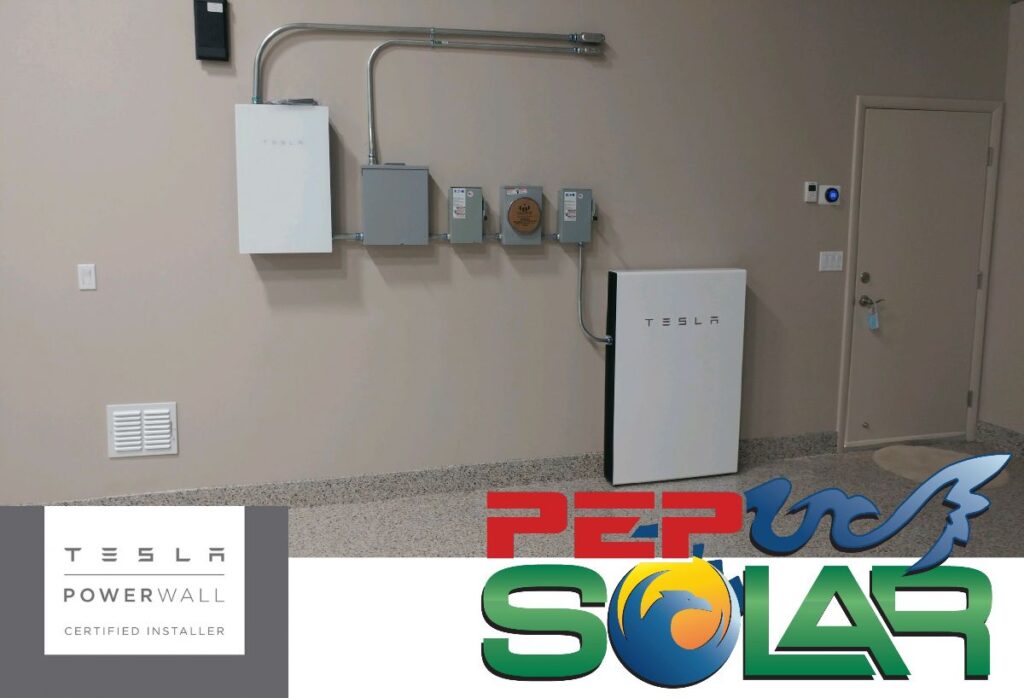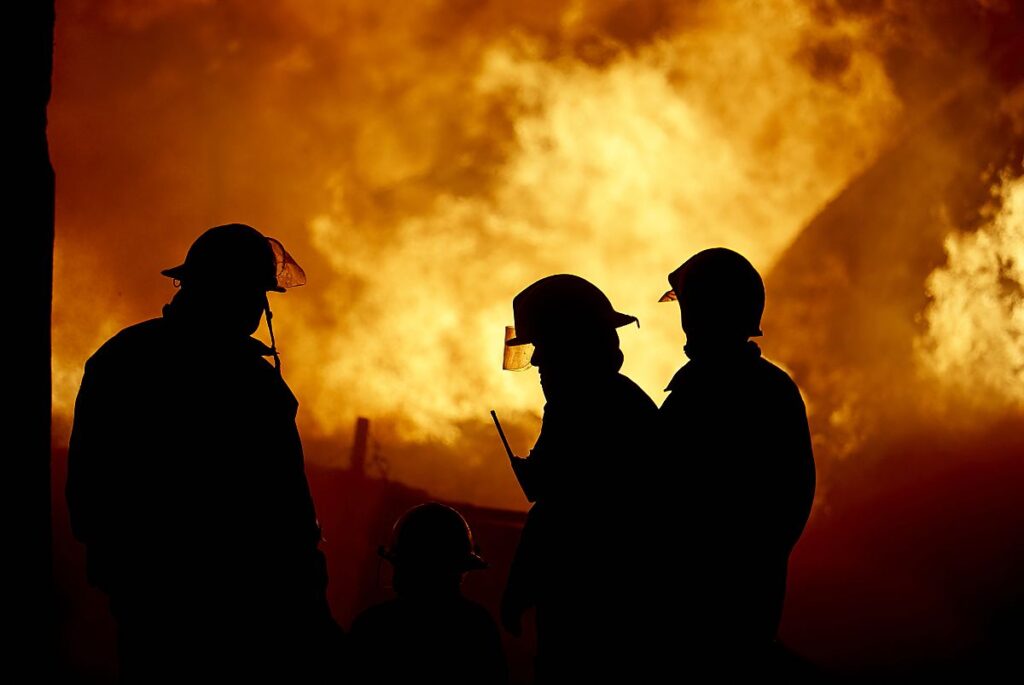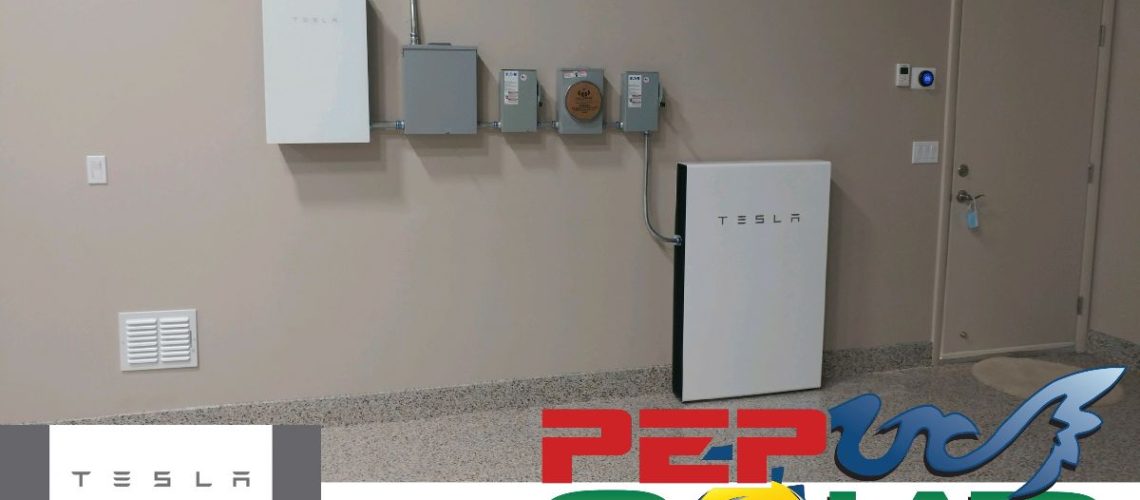Do You Remember Receiving this Notification or a Similar Notification from Your Electric Utility? Why power shutoffs happen.

For public safety, it may be necessary for us to turn off electricity/power shutoff when gusty winds and dry conditions, combined with heightened fire risk, are forecasted. This is called a “Public Safety Power Shutoff” or “PSPS.”
While customers in high fire-threat areas are more likely to be affected, any of PG&E’s more than five million electric customers could have their power shut off. This is because the energy system relies on power lines working together to provide electricity across cities, counties, and regions.
Even if you do not live in an area of high fire threat – your power could be shut off for a protracted period.
At the direction of the (CPUC) California Public Utilities Commission, California’s three largest energy companies, San Diego Gas & Electric, Southern California Edison, and Pacific Gas and Electric, are coordinating to prepare Californians for the threat of wildfires and power outages during times of extreme weather.
How Did We Get Here, Why Did you Receive these Public Safety Shutoff Notifications?
California’s warming climate and continuing droughts have created ideal conditions for massive wildfires. In 2018, California’s 8,500 wildfires destroyed nearly 1.9 million acres and over 22,000 structures. Ninety-seven civilians and six firefighters lost their lives. The 2018 season’s insurance claims exceed $12 billion, making 2018 the deadliest and most destructive wildfire season in California history.
PG&E is responsible for at least 1,500 fires in recent years, (including the Sonoma County wildfire of 2017 and the Camp Fire of 2018). Some of these fires were sparked by the company’s power grid infrastructure, failing utility poles, and wires. Tragically, PG&E had warned customers for two days that it might shut down power on November 8, 2018, the day the Camp Fire started, due to forecasts for high winds, low humidity, and other high fire potential conditions, but never did.
Adding insult to injury, PG&E has filed for bankruptcy protection in anticipation of huge legal claims. They have already started skipping scheduled payments to families whose properties were destroyed by the 2015 Butte fire, caused by a PG&E power line.
This bankruptcy filing will take years to resolve – and will most likely result in higher energy bills for Californians. Continue reading because this is no longer a California issue but it is now happening everywhere.
Arizona’s Utilities Follow Suit with PSPS Notifications
Californians are not the only ones receiving these Public Safety Power Shutoff notifications. Both APS (Arizona Public Service Electric) and SRP (Salt River Project Power and Water) have similar policies. On May 11, 2020, SRP sent the following email titled, “Important: Outages & Fire Season”.
Dear Customer,
SRP cares about your safety. Now that fire season is here, we’re taking steps to better protect our customers serviced by power lines that cross high-risk fire zones. Here’s how.
We’re changing how we respond to unplanned power outages.
When the power goes out unexpectedly, SRP needs to make sure it’s safe before we restore power. Re-energizing a damaged power line can create sparks, which can lead to devastating wildfires in areas prone to fires. The only way to know if a line is safe is by inspecting it.
For your safety, if you lose power unexpectedly during fire season, which generally runs from May to October, power will not be restored until SRP has inspected the line. This means that you may experience longer outage times than in the past.
Arizonans will live with this potential for fully one-half of the calendar year, the six months from May to October.

What Conditions Trigger a PSPS
The utility companies monitor fire danger and extreme weather conditions to determine if and when they deem it necessary to turn off electric power. Note: PG&E did implement a PSPS at least once in 2019 in the wake of 2018’s devastating fires.
The utilities already have the authority to turn off power lines. Their decision to do so is based on a combination of factors, including the following:
- High Wind Warnings – sustained winds above 25 mph, wind gusts in excess of 45 mph
- Extremely Low Humidity – generally 20% or below
- Dry Vegetation
- A Fire Threat to the Electric Infrastructure
- On the Ground – Real-Time Observations
- Public Safety Risks
Not to be an alarmist, but the Santa Anna winds have average speeds of 40 miles per hour. Last year the National Weather Service office in Reno, NV, recorded an unverified 209-mph wind gust in South Lake Tahoe, CA. And, in AZ in 2019, there were eight months with high winds exceeding 25 mph.
Another indicator a PSPS may be implemented are Red Flag Warnings – a warning issued by the National Weather Service to inform the public, firefighters, and land management agencies that conditions are ideal for wildfires. It seems we in Arizona live under Red Flag Warnings for a good portion of our summer months!
I Would Like To Know How To Prepare

What You Should Expect in the Event of a Public Safety Power Shutdown
Although your utility company has the authority to schedule a PSPS, they also have a responsibility to you, their customer. In the event of a shutdown, you should expect the following:
- An Early Warning Notification – You should receive alerts before the power is shut off
- Ongoing Updates through the media, their websites, and social media
- Safety Inspections – As SRP noted in their email – after the crisis has passed, they will inspect the lines in affected areas before power is restored
Understand those power outages could last multiple days, depending on the severity of the weather and other factors.
How to Prepare for a Public Safety Power Shutoff
The very thought of a prolonged outage is devastating to most, particularly those who live in hot climates – such as a desert. We highly recommend you prepare an emergency plan in case your family is affected by a power shutoff. Some helpful tips:
- Prepare an emergency supply kit, including food, water, flashlights, a radio, fresh batteries, and first aid supplies.
- Plan for special medical needs, such as medicines that require refrigeration, or medical devices that require power
- Have a backup plan for charging phones and tablets
- Have a hotspot to access the internet
- Know how to open your garage door manually
- Have cash on hand – ATMs and gas stations may not be available during an outage.
- If you have a generator, make sure it’s ready to operate safely.

What to do in the event of a Power Outage
- Although not intuitive, first unplug or turn off appliances, equipment, and electronics to avoid damage from surges when power is restored
- But leave one lamp on to alert you when the power returns
- Use portable coolers with ice to keep food and medicines refrigerated – and keep the doors closed on your refrigerator and freezer
- Your refrigerator will only keep foods cold for about 4 hours; a full freezer will hold its temperature for about 48 hours
- Be sure to use generators, camp stoves, or charcoal grills outdoors only
- Check-in with your family, friends, and neighbors
How to Avoid a Power Shutoff
We’ve previously mentioned one strategy to reduce or eliminate the adverse effects of a power outage – a backup generator. Depending on your generator’s size, it will power most, if not all, of your needs during an outage. Some systems can accommodate outages for extended periods, and most whole-house generators turn on automatically when they detect an outage.
We believe a far more efficient, economical, and environmentally friendly solution is sustainable solar energy.
Benefits of a Solar System – Especially a PSPS
People go solar for a variety of reasons.
First, there are economic considerations, reducing or eliminating energy expenditures, protection from future rising energy costs, getting a high return on investment, and the increased resale value of your home. Today, solar installations are becoming one of the most effective ways to modernize your home while increasing its value.
Then there are more socially responsible reasons for going green, reducing your carbon footprint, protecting the environment, consuming sustainable energy, and reducing dependence on foreign energy.
And, given the increased potential for power outages, whether it be a natural disaster, our aging energy grid, or Public Safety Power Shutoffs, the potential for disruptions has never been greater.
A complete solar energy system can store the energy generated by your solar panels when the sun is out, allowing you to use your stored electricity around the clock. And most systems automatically detect grid outages and can supply energy off-grid immediately and indefinitely. As an example, the Tesla Powerwall detects a grid outage, disconnects from the grid, and brings power back to your home in a fraction of a second.
Imagine your relief the first time your utility implements a PSPS and your home and family are protected, and not inconvenienced or in jeopardy.
In Summary – PEP Solar
We hope you’ve found this review of Public Safety Power Shutoffs from PEP Solar enlightening and informative, if not just a bit disconcerting. We are a full-service solar company and have been installing, servicing, and repairing solar for homeowners and businesses since 1978. Our team is licensed, bonded, and insured and our lead installers have over 1,000 installs under their belt. We are experts at designing and installing complete solar systems and are certified installers and resellers by Tesla’s Powerwall.
Our mission has always been to provide complete solar power solutions that perform beyond your expectations for the life of your system.
Let us help you become a “prosumer,” a proactive homeowner that produces and consumes solar energy and is prepared for a PSPS or any other emergency power outage.
For more expert information on all things solar, visit us online at pepsolar.com. If you would like to contact us you can or call us at: (623) 806-8806.
As previously noted, although these conditions may not be present in your location, depending upon how your electricity is routed, you may suffer an outage to protect others.

THESE ENERGY BLACKOUTS COULD LAST FOR DAYS

